
In a flat slab there is a thickened slab in region at the vicinity of the column that either includes drop panel or column capital. Depth of the drop panel will be twice the thickness of the slab. Construction of flat slabs is one of the quickest methods available. Lead times are very short as this is one of the most common forms of construction.
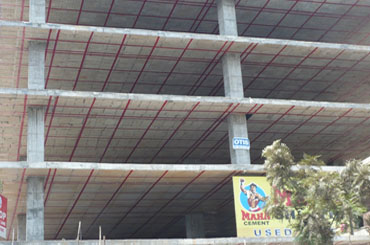
A flat plate is a one- or two-way system usually supported directly on columns or load bearing walls. It is one of the most common forms of construction of floors in buildings. The principal feature of the flat plate floor is a uniform or near-uniform thickness with a flat soffit which requires only simple formwork and is easy to construct. The floor allows great flexibility for locating horizontal services above a suspended ceiling or in a bulkhead. The economical span of a flat plate for low to medium loads is usually limited by the need to control long-term deflection and may need to be sensibly.
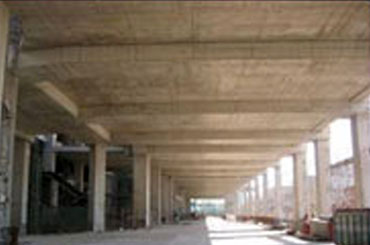
It is a type of slab which is followed when one span of the member is much larger than the other span i.e. (Aspect ratio is greater than 1.4).
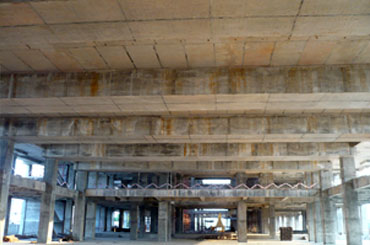
Usually BEAM & SLAB system are recommended only for special applications, as there are often more cost effective alternatives. One of the special applications is the long-span, post - tensioned beam and slab system that is popular for column-free, free-standing parking structures.
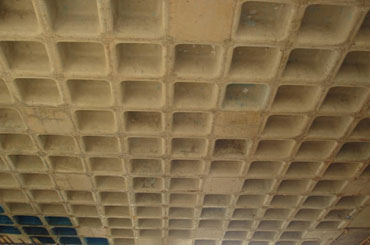
Waffles are generally limited to the interior of a slab, leaving one or two of the forms out to create a solid fill around the supports. The solid fills provide the strength required for shear transfer to the supports. The fills also reduce the compression stresses at the soffit of the floor around the supports, thus avoiding the necessity of bottom reinforcement in this region.
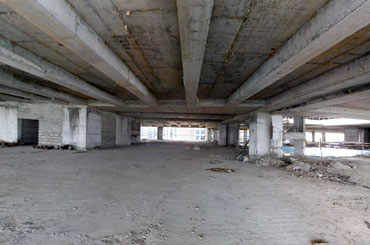
Introducing voids to the soffit of a slab reduces dead weight and increases the efficiency of the concrete section. A slightly deeper section is required but these stiffer floors facilitate longer spans and provision of holes. Economic in the range 8 to 12 m. Ribs should be at least 125 mm wide to suit reinforcement detailing.